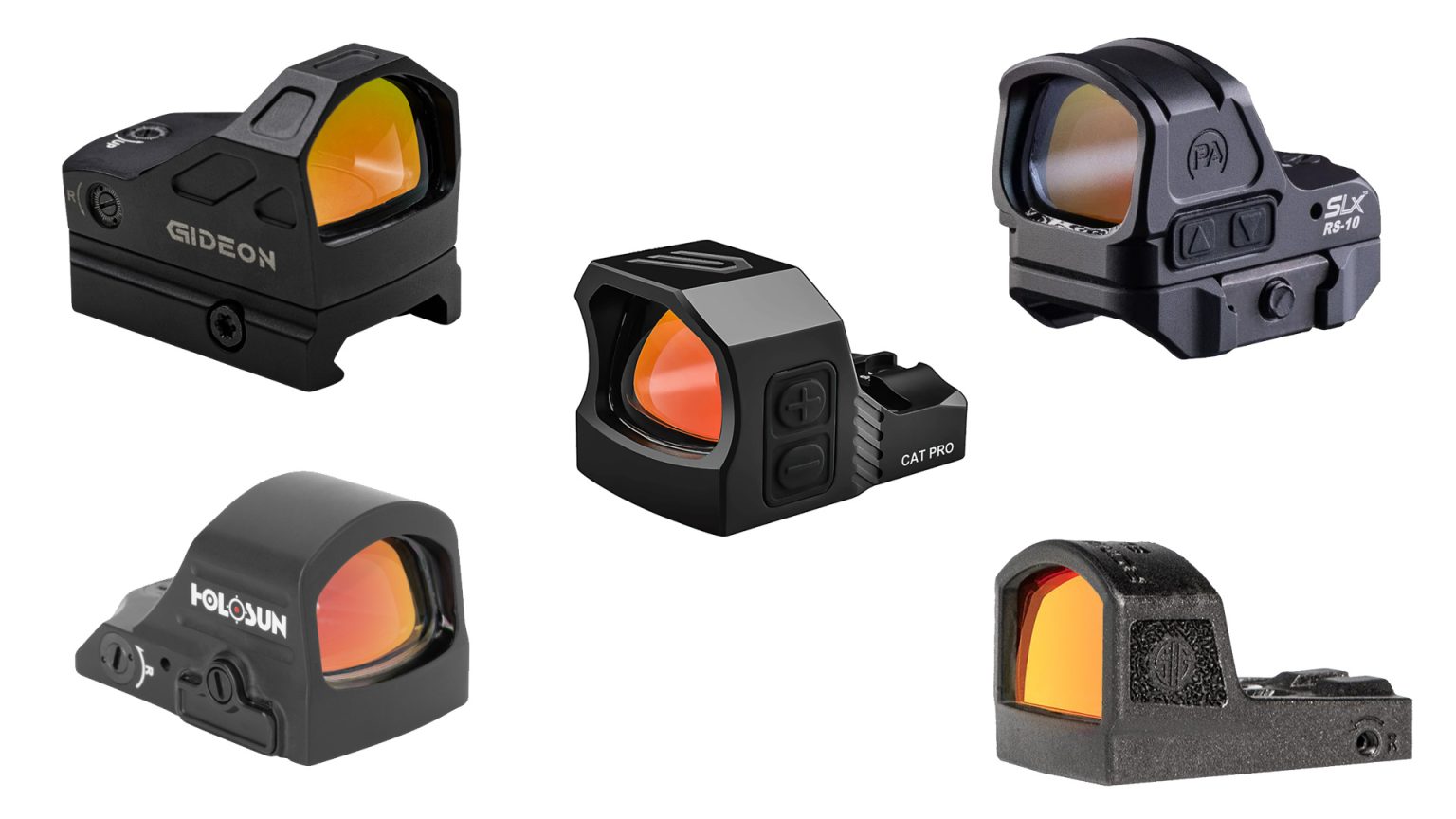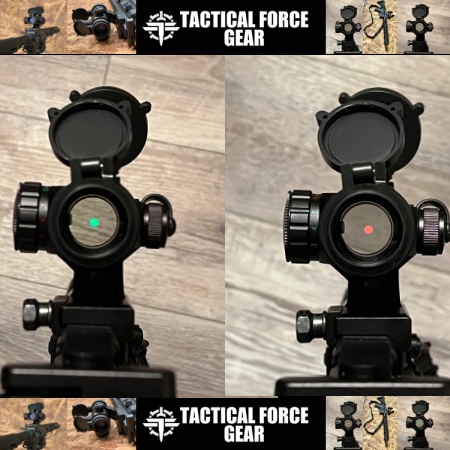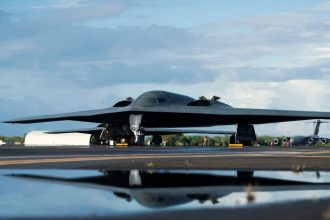One of the reasons that top-tier tactical red-dot sights cost as they do is because they’re designed, tested and built to withstand harsh operating conditions. Due to these more stringent requirements, the rejection rate for units that didn’t quite make the cut is also higher. However, absent those extreme operating conditions, many shooters don’t need to overlook more affordable optics for everyday plinking, competition or recreational range use. While not comprehensive, here is a list of five different red-dots for pistols with current real-world prices of around $200.
Holosun HS407A3X2: (MSRP $282.34)
The Holosun HS407A3 is the most basic model in the open-emitter “full-size” Holosun HS407/507 family. Like the other members of the 407 family (excluding K-models), the HS407A3 uses a Trijicon RMR footprint. Unlike its similarly sized brethren, the 407C and 507C models, the 407A3 lacks the solar cell array on top of the housing. It also uses a sole 3 MOA red dot instead of a 2 MOA like the 407C or a multi-reticle affair like the 507C. While the Holosun HS407A3 doesn’t have the largest window, it’s also not the smallest and with a gentle dome shape to the top of its housing, it lends itself well for everyday carry on firearms with RMR footprints.
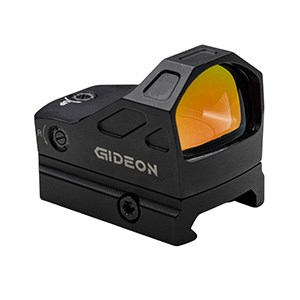 Gideon Optics Alpha (MSRP $199)
Gideon Optics Alpha (MSRP $199)
The Gideon Optics Alpha is an open-emitter “widescreen” red-dot sight with a window that measures .69 inch x 1.06 inches. Like many other red-dot sights mentioned in this list, this reflex sight is designed to work off the popular Trijicon RMR footprint. Even for its more budget friendly cost, this red-dot’s external housing is manufactured from 7075 series aluminum and has an IPX7 waterproof rating. Instead of having a single point as a reticle, the Gideon Optics Alpha includes a compound reticle consisting of a 65-MOA circle with a finer 3-MOA central aiming point. The Alpha’s “widescreen” design makes it suitable for general purpose range-use or competition.
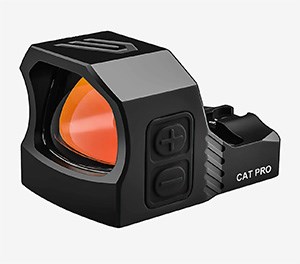 Cyelee CAT Pro (MSRP $189)
Cyelee CAT Pro (MSRP $189)
The Cyelee CAT Pro is a ruggedized open-emitter sight designed for compact, sub-compact and micro-compact pistols as it’s built around the Shield Sights RMSc or Holosun-K footprints. The Cyelee CAT Pro’s external housing is shaped and tapered to protect its .83 x .65-inch window. The front edges of the sight are concave to prevent any needless overhang while flaring out at the top edge to reinforce any drops or impacts. The Cyelee CAT Pro’s emitter projects a single 3-MOA red dot. As this inexpensive red-dot sight is primarily meant for slimmer guns with RMSc or Holosun-K footprints, the rear of the housing also has a coarse rear sight built in that’s designed to work with the firearms existing front sight.
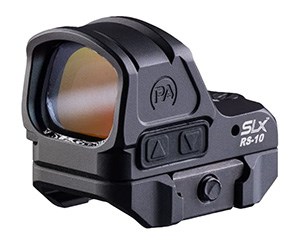 Primary Arms SLx RS-10 (MSRP $209)
Primary Arms SLx RS-10 (MSRP $209)
Like nearly every other red-dot sight listed here, the Primary Arms SLx RS-10 is an open-emitter unit with a 3-MOA central aiming reticle and a fairly square .83 x .83 inch window. The SLx RS-10 feeds off a CR 2032 battery and sports a modern multi-coated window. Similarly, it’s also built from 7075 aluminum. However, the Primary Arms SLx RS-10 uses the Docter/Noblex optics footprint. Named after the German-made Docter reflex sights that were among the earliest models to see hard-use, those in the know will recognize that name. While it’s true that this footprint pattern isn’t as popular as it once was, Primary Arms also includes a Picatinny adapter and a Glock MOS to Docter optics mounting plate in the packaging.
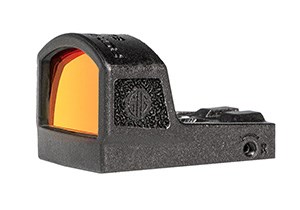 SIG Romeo Zero Elite (MSRP $199)
SIG Romeo Zero Elite (MSRP $199)
The SIG-Sauer Romeo Zero Elite is another micro red-dot optimized for slimmer carry guns like the popular SIG-Sauer P365. Naturally, this means that it uses the Shield Sights RMSc optics footprint, the default when it comes to any of the newer slimmer carry guns, alongside the Holosun-K footprint. The most notable aspect about the SIG-Sauer Romeo Zero Elite sight is that instead of having a housing machined from aluminum, the Romeo Zero Elite’s housing is molded from high impact resistant “weapons-grade” carbon infused polymer that is also assembled in the United States of America. Reticle options include a single 3-MOA red-dot or a compound 32-MOA circle with a central 2-MOA aiming point.
Read the full article here


